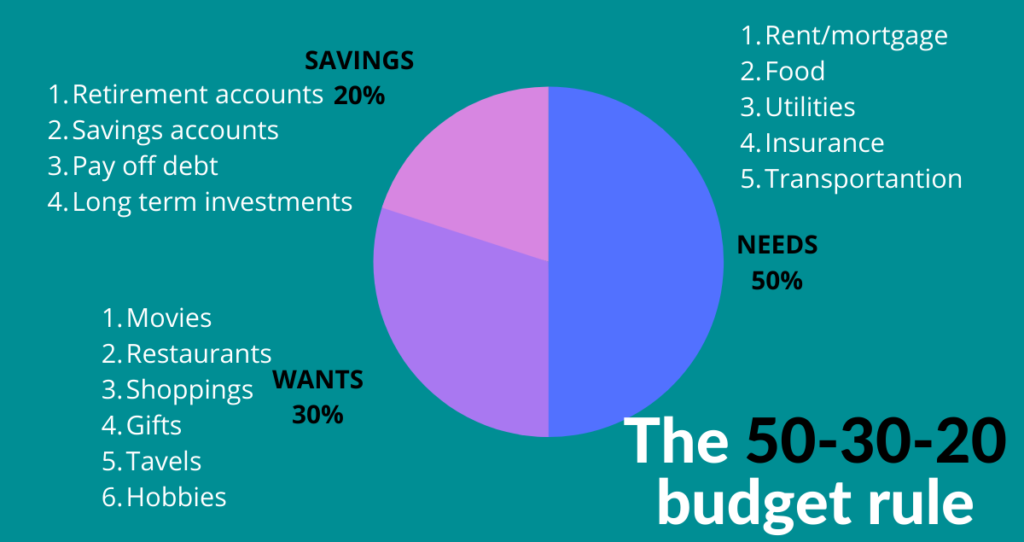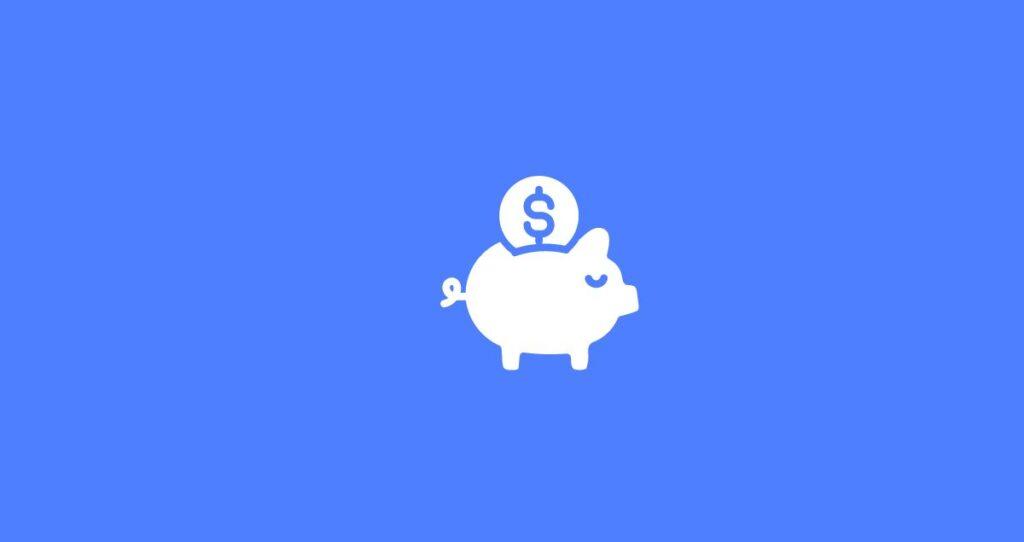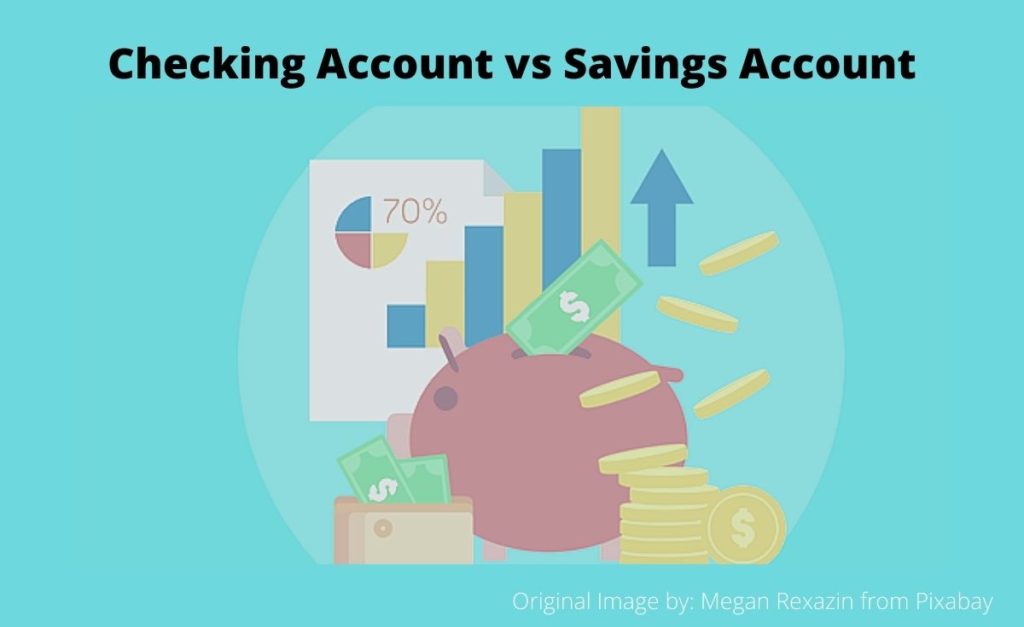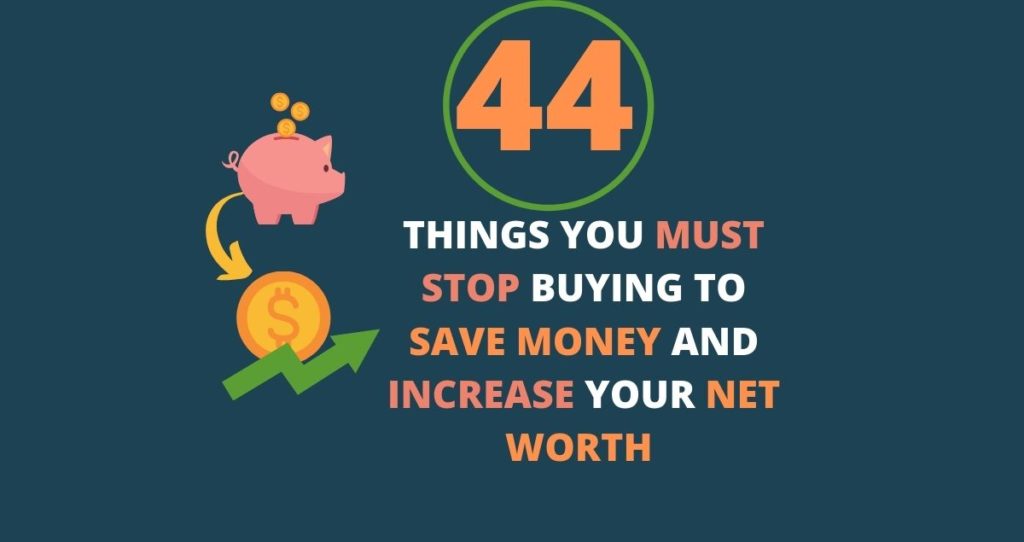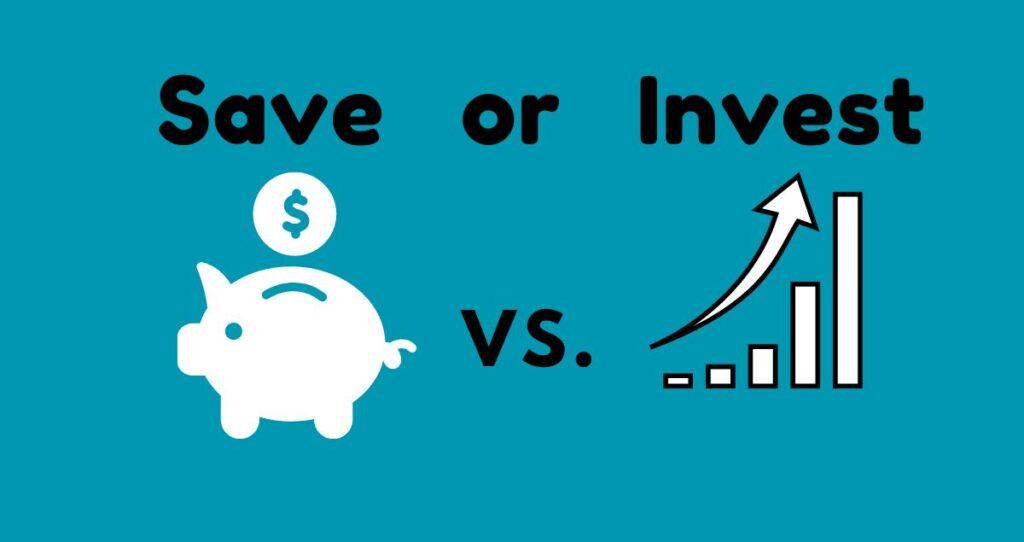How does interest work on a savings account? You probably heard that interest on savings accounts is very small and some banks offer rates that are so small that it does not make sense to open a savings account. While some of this might be true, it is worth mentioning that all savings accounts are not credited equally. Certainly, the interest on one savings account is not the same as on another savings account. Matter of fact, some savings accounts come with competitive rates that can help you reach your savings goals much faster.
So, how does interest work on a savings account? Interests on savings accounts vary from one institution to another and rates can go up and down based on economic conditions. Most savings accounts come with lower interest rates compared to other deposit accounts such as certificates of deposit(CDs) and money market accounts(MMA). High-yield savings accounts, however, come with relatively higher rates compared to traditional savings accounts.
This article will walk you through details on how interest on a savings account works and how to boost interest from a savings account.
How does interest work on a savings account?
When you deposit money in a bank, you will have the option to open a savings account, a checking account, or both. Checking accounts are designed for daily transactions and they do not offer interest. Savings accounts, on the other hand, are designed for short-term or long-term saving goals and they come with a small interest. So, how does interest on a savings account work?
To know how interest on a savings account works, let’s evaluate what happens when you borrow money from a bank. As a borrower, you get money from the bank and agree to pay a small percentage as interest which is usually expressed as a percentage. The interest you pay to the bank becomes the cost of borrowing money.
The same scenario happens when you deposit money into your savings account. The only difference is that instead of borrowing money from the bank, you are lending it to the bank. This means that the bank uses the money in your savings account and agrees to pay you interest. The interest can be paid daily, monthly, or yearly depending on the compounding schedules of your account.
Interest vs. annual percentage yield(APY)
We cannot talk about how interest works on a savings account without mentioning the annual percentage yield or APY for short. So, how does interest work on a savings account compared to APY?
The interest on a savings account is what the bank agrees to pay you for depositing money in a savings account. For example, the interest rate on your savings account could be 0.5%. The APY on the other hand, is the total interest you will earn which includes the compounding effect over the course of a year expressed as a percentage. For example, your APY on the same savings account could be 0.75%. Typically, the APY is higher than the interest rate as it includes the compounding effect on your account.
The compounding effect can happen daily, monthly, or yearly. For example, when the interest compounds daily, you get paid interest on a daily basis. When the interest compounds monthly, you get paid interest every month.
If you have $10,000 in a savings account at 1% and the interest compounds daily, the total interest earned on your savings account at the end of the year will be $100.50 without making extra contributions. If the interest compounds yearly, however, you will earn exactly $100 since the money would not have compounded yet.
How does interest work on a savings account: The interest on a savings account is variable
Another factor to consider when evaluating how interest works on a savings account is that the interest is not fixed. Unlike a certificate of deposit where the interest is fixed for the term of your CD, the interest on savings accounts is variable. This means that the annual percentage yield on your savings account could go higher or lower depending on the economy.
In a weak economy, the Federal Reserve will lower market rates which will also result in lower interest rates on savings accounts and other financial products such as deposit accounts and loans. On the other hand, if the economy is doing well, market rates could go higher which in turn will cause savings account rates to increase. In recent years, there has been an increase in interest on savings accounts as the Federal Reserve hiked rates to fight inflation.
Interest on savings accounts cannot keep up with inflation
One of the biggest drawbacks of savings accounts is that the interest you earn is too small to keep up with inflation. Inflation is the rate at which prices of goods and services increase over a period of time. It is also referred to as the increase in the cost of living in a particular country or economy.
Why does inflation matter when you are trying to understand how interest on a savings account works? Because earning a meager rate on your savings account means that you are losing purchasing power over time. If you are earning 0.5% on a savings account and the inflation rate is at 4%, for example, your money is losing value at a 3.5% rate.
Interest on a savings account is not the same across multiple banks
While you might be receiving 0.01% on your savings account, it does not mean you can only get 0.1% at every bank. Different banks offer a wide range of interest rates across their deposit accounts such as savings accounts, certificates of deposit, and money market accounts.
Some banks also offer competitive rates and promotional savings rates to attract new customers. These rates are usually higher than their normal rates on savings accounts. While the average on a savings account is currently at 0.43% APY, according to Business Insider, some banks offer much higher rates than the average.
Online banks and credit unions offer much higher interest rates compared to traditional banks and credit unions. You can easily find a high-yield savings account that is 10 times the national average for traditional savings accounts. Why is interest on a savings account online much higher than regular rates? Because online banks and credit unions do not have overhead expenses and the infrastructure associated with operating and managing physical branches. This allows them to raise their rates and still be profitable. Investopedia cites that you can easily get 1% to 2% more in interest from online banks than what you get from traditional savings accounts.
What is the average interest on a savings account?
Now that you know how interest works on a savings account, it is time to evaluate the interest you should expect to get when you open a savings account. Generally, savings accounts come with some of the lowest rates compared to other deposit accounts such as money market accounts and CDs.
As of August 2023, the average interest on a savings account is at 0.43%, according to the Federal Deposit Insurance Corporation(FDIC). While the average interest rate on a savings account is low, you can easily get a higher rate by comparing rates from different banks or switching to an online bank for a high-yield savings account.
How much interest will I earn in a savings account?
The earnings from your savings account will depend on the interest you receive, the compounding frequency, and your deposit balance.
Generally speaking, the higher the interest and balance and the more frequently your interest compounds, the more money you will earn.
Let’s assume that you are currently earning 1% interest on a savings account and you have deposited $5,000. Let’s also assume that the interest compounds daily and you are not contributing any extra money into the account. How much money will you make in 1 year?
At the end of the year, you will have $50.25 in interest and your total balance will be $5,050.25. What if you had $50,000 deposited instead? In this case, your total earnings will be $502.50 and your total savings will be $50,502.50 at the end of the year. You can clearly see that having a higher balance comes with higher earnings.
If you have a high-yield savings account with 3%, your earnings will be much higher. In the first scenario where you invested $5,000, your total earnings will be $152.27 with a total savings of $5,152.27 at 3% while in the second scenario, you will earn $1,522.66 with a total balance of $51,522.66 at 3%. Your total earnings will also be much higher if you let your money compound for many years. Any additional monthly contributions will also help you grow your account much faster.
How to calculate monthly interest on a savings account?
To calculate the monthly interest on a savings account, simply use the compound interest formula listed below.
Compound Interest(CI) = P(1 + (r/12))^12t – P. Keep in mind that this is the total compound interest for 12 months.
Where P stands for principal, r is the rate of return as a decimal, and t is the time frame. For example, if the interest on your savings account is 0.43% which is the average rate for savings accounts, you have deposited $10,000, and the time frame is 1 year, your monthly interest will be calculated as follows.
CI = P(1 + (r/12) )12t – P= (10,000(1+(0.0043/12))^12*1-10,000) = $43.08. After one year, you will earn $43.08 in interest or $3.59 each month.
Is it better to have interest paid daily, monthly, or annually?
Interest on a savings account works in a way that your earnings are directly affected by the frequency of compounding. The more frequent the interest compounds, the more money you will make in your savings account. From the previous example, you will earn $43.09 if you get paid interest daily, $43.08 monthly, and $43.00 if the interest is compounded yearly. Clearly, you can see that the more the compounding schedules, the more money you make in interest.
Can I earn a higher interest on a savings account?
Yes, you can earn a higher interest rate on a savings account. The first option to earn a higher interest on a savings account is to compare rates from multiple banks and credit unions. Banks and credit unions set their own savings accounts interest rates which differ from their competitors. If your bank is not offering you a better interest rate on a savings account or you are getting a below-average rate, shop around for banks with better rates.
Another option is to switch to a high-yield savings account. These accounts are offered by online banks and credit unions and they come with rates that are relatively higher than traditional savings account interest rates.
Why are interest on savings accounts so small?
By default, interest on savings accounts is smaller compared to other deposit accounts and investment alternatives. This is due to a number of reasons which differ from one institution to another.
The first reason interest rates on savings accounts are usually low is due to market conditions. When market rates are low, banks usually offer much lower interest rates on consumers’ deposits. In other words, the bank must lend the money in your deposit account for a higher rate to earn a profit. If the bank is not earning that much from originated loans due to lower market rates, it will keep its savings account rates much lower. Otherwise, it will lose money.
The second reason interests in savings accounts are usually smaller is due to the size of institutions. Usually, large banks offer lower rates compared to small banks due to the fact that they have acquired a large percentage of the market share. So, they do not compete for more customers by hiking their rates as much as small banks do.
Finally, savings accounts come with lower rates due to their liquidity and accessibility. The fact that you can withdraw money from your savings account at any time means that the bank might not have a chance to realize a full return from investing it. To balance this risk, banks often offer lower rates on their savings accounts compared to other deposit accounts. If your bank offers a meager return, you might get a higher rate by moving your money to a small bank as they offer higher rates to win new customers. You can also switch to a high-yield savings account with comes with more competitive rates than traditional savings accounts.
More savings tips
CD vs. savings account: What is the difference?
High-yield savings account vs. investing: Which one is better?

